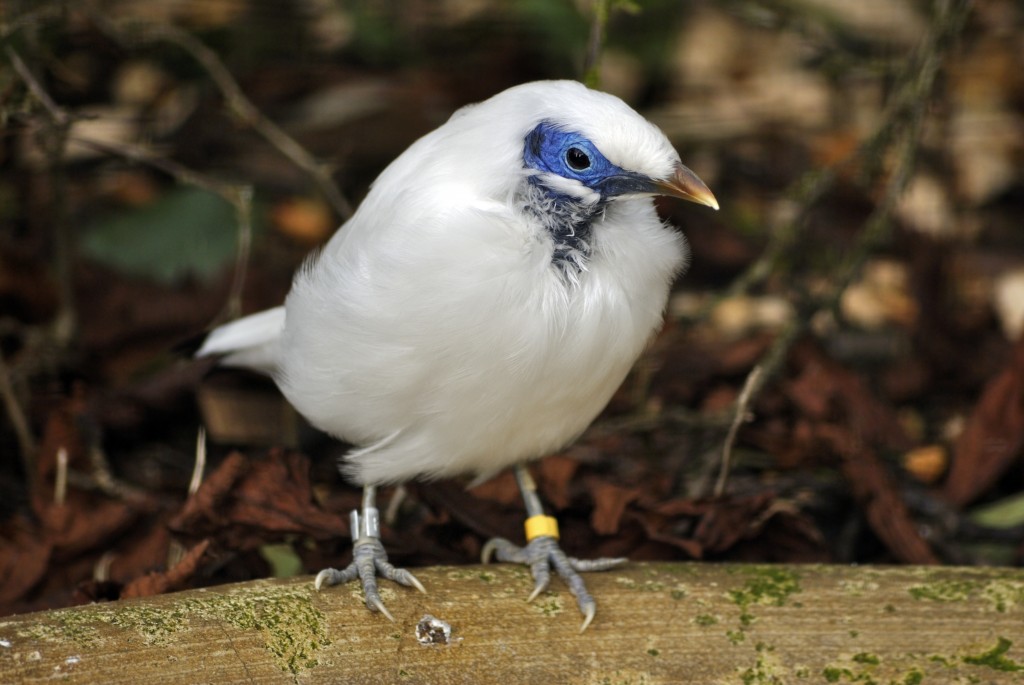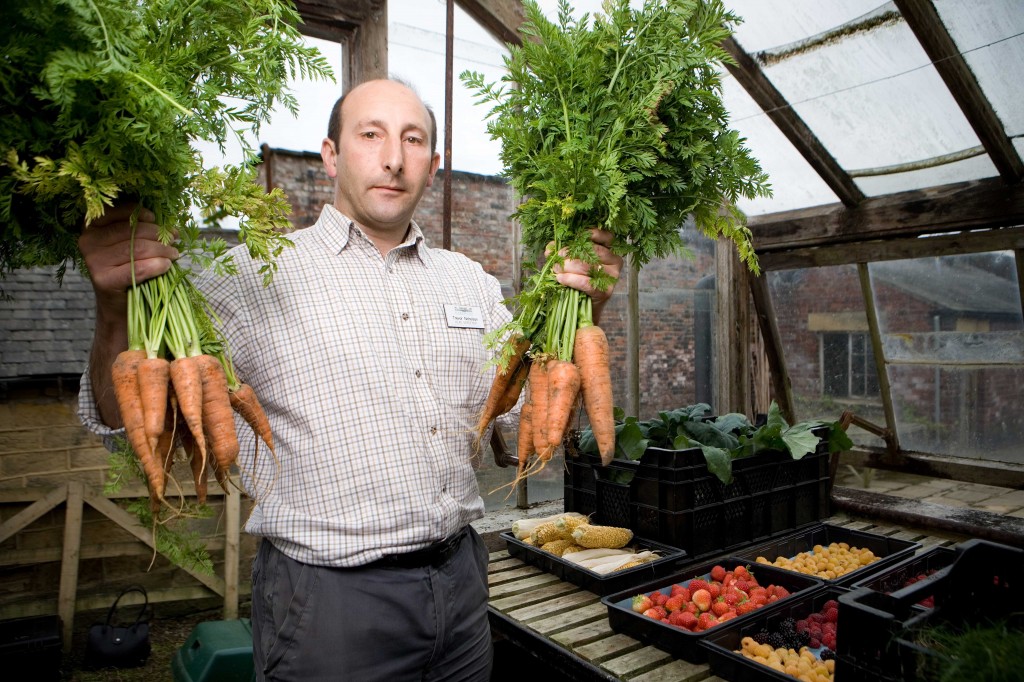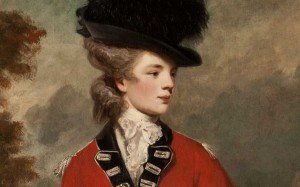
With blue skin, these are an unusual bird available to view in the Bird Garden
A penguin that brays like a donkey, a vulture that can reach heights of over 20,000 feet and a parrot that is one of the best mimics of the human voice. These are just three of the species staving off extinction thanks to the help of zoos and aquariums.
The British and Irish Association of Zoos and Aquariums (BIAZA) has compiled a report detailing the top ten birds most reliant on zoos and aquariums for their survival.
The African penguin, the Ecuador Amazon parrot and the Oriental white-backed vulture have all made it on to the list, which highlights some of the best examples of how zoos and aquariums are safeguarding the future of our planet’s wildlife and their habitats.
Dr Andrew Marshall, of BIAZA’s Field Programmes Committee, coordinated the compilation of the list with input from conservation experts based at BIAZA collections. He commented:
“More than one in ten species of bird is globally threatened; and the work zoos and aquariums do in protecting these wonderful animals is integral to the survival of many bird species.
“Zoo conservation work includes research, education, management of habitats and protected areas, improving human livelihoods in developing countries, breeding, reintroduction, environmental sustainability, and engagement with policymakers.
“As we continue to produce these lists, it is becoming more and more evident that the world’s zoos and aquariums are an essential source of funds and expertise for conservation of the natural world.”
The top ten list demonstrates the importance of zoos and aquariums not only for conservation breeding of safety-net populations, but also for their contribution to funding and management of conservation projects in the field, including research, education and support for local communities, as well as protection of crucial wildlife habitats.
Strict criteria were used to select the top ten. All the birds proposed had to be associated with current field initiatives by zoos and/or essential conservation breeding in zoos. Particular importance was given to initiatives which included a management role in the species’ conservation, rather than just providing funds. Priority was also given to species listed as threatened on the international IUCN Red List of threatened species.
BIAZA’s top ten birds benefitting from zoos and aquariums are:
African penguin: Numbers are plummeting in the wild due to oil spills, overfishing, shifts in food availability and human disturbance.
Bali starling: These are seen as very desirable cage birds, and illegal trapping has brought them to virtual extinction in the wild.
Blue-crowned laughing thrush: The zoo population of this Chinese bird equates to 50% of the total global population.
Ecuador Amazon parrot: With fewer than 600 individuals left, its survival relies on the protection of remaining wild populations and their habitats.
Edwards’s pheasant: There is a small captive population, but it has never been seen or studied by a scientist in the wild.
Madagascar pochard: Just 20-25 Madagascar pochard now survive in the wild.
Northern bald ibis: Pesticide poisoning has had a devastating effect on their numbers but BIAZA members have contributed birds to a successful release programme and populations are slowly increasing.
Oriental white-backed Vulture: Traces of a toxic veterinary drug in farm animal carcases across Asia has decimated populations, but species restoration has been made possible by zoo-based expertise and funding.
Socorro dove: A classic island species, numbers have been devastated by man-introduced pests like rats, cats and goats. Captive breeding has saved it from total extinction.
Visayan tarictic hornbill: Two BIAZA zoos are actively supporting in-situ work to save and restore the wild habitat of this species.
(This list is in alphabetical order)








